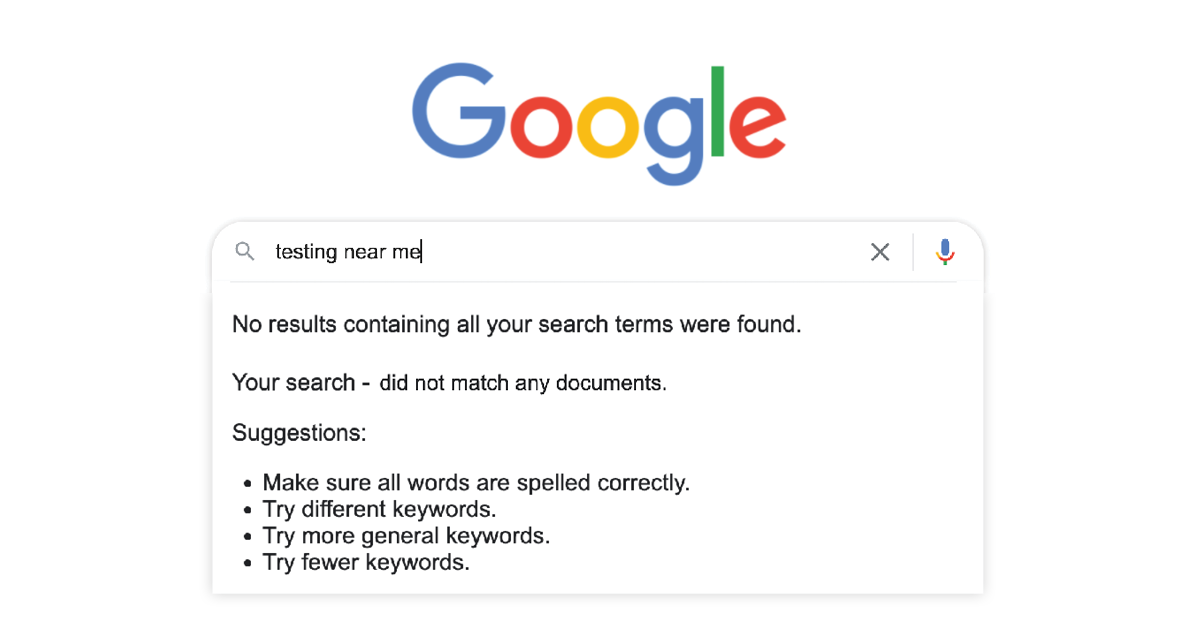Testing is the first step in HIV prevention [19], as knowledge of one’s status facilitates engagement in HIV prevention services for those who are negative and linkage to treatment services for people living with HIV. It also prevents the spread of HIV among people who are unaware of their status. Various studies have reported significant decreases in HIV testing rates across the U.S. [20-22] as a result of the pandemic. Specifically, a study conducted in four geographically diverse regions found between a 68-97% reduction in HIV testing rates during the stay-at-home order period compared to early 2020 (pre stay-at-home order period) [20]. In response to a decline in traditional, in-person HIV testing, HIV home-based self-testing programs were implemented by several health departments, CBOs, and health systems across the country [23-25], which showed high acceptability and utilization of these programs by affected communities [24, 25]. However, one major challenge of implementing home-based self-testing has been the collection and documentation of test results. While the COVID-19 pandemic has drastically affected HIV testing rates, self-testing both for HIV and other sexually transmitted diseases (i.e. syphilis, gonorrhea, & chlamydia) will provide a safe and convenient way of continued engagement in this major pillar of the HIV prevention continuum.














